When it comes to cash-back credit cards, both the Chase Freedom Flex and AmEx Blue Cash cards stand out in the market for their unique benefits and rewards structures. However, they cater to different types of spenders with varying priorities.
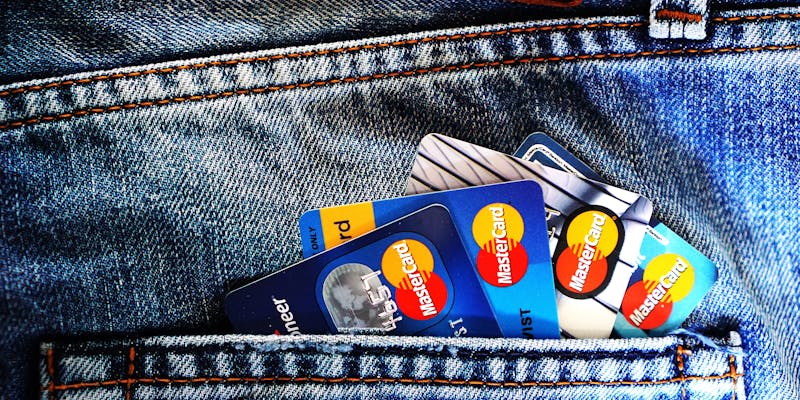
The Freedom Flex is ideal for consumers looking for flexibility and variety with rotating categories and no annual fee, while the AmEx Blue Cash cards provide a consistent reward system primarily aimed at everyday spending categories such as groceries and gas. Understanding the differences between these two cards can help you make an informed decision tailored to your lifestyle and spending habits.
The AmEx Blue Cash Preferred truly shines when it comes to earning cash back on everyday purchases. With an impressive 6% cash back on U.S. supermarket purchases (up to six thousand annually, then 1% beyond that), this card is perfect for those who frequently buy groceries. Additionally, cardholders earn 3% back on gas station purchases and transit, making it an excellent choice for commuters. The 6% cash back on select streaming services further enhances its appeal for those who enjoy various entertainment options. However, while this card's rewards structure is advantageous, it does come with an annual fee of ninety-five (waived for the first year), which could diminish its overall value for individuals who do not spend significantly in these categories.
In contrast, the Chase Freedom Flex adopts a more dynamic approach to rewards. It offers 5% cash back on rotating bonus categories, which can include popular spending areas like groceries, gas, or travel. However, to take full advantage of these rewards, you must actively activate the bonus categories each quarter. This structure appeals to cardholders who enjoy engaging with their credit card rewards program. Moreover, Freedom Flex provides 3% back on dining purchases, along with 5% on travel booked through Chase. If you appreciate flexibility in your rewards and enjoy earning cash back across various spending categories, the Freedom Flex may suit your needs better without any annual fee.
Welcome bonuses play a crucial role in deciding which card to choose, as they provide immediate rewards for new cardholders. The AmEx Blue Cash Preferred presents a generous two hundred fifty statement credit after you spend three thousand within the first six months. This substantial bonus can offset the annual fee, especially for users who will benefit from the higher earning potential. However, the spending requirement may be a hurdle for some.
On the flip side, the Chase Freedom Flex offers a two hundred bonus after spending just five hundred within the first three months. This lower threshold makes it accessible for individuals who may not have high spending patterns immediately. Additionally, both cards feature 0% APR introductory periodsfifteen months for Chase Freedom Flex and twelve months for Blue Cash Preferred. This feature is particularly beneficial if you plan to make a large purchase or transfer a balance from another card, providing a temporary reprieve from interest charges.
The differences in annual fees between these cards can significantly impact your long-term costs. Freedom Flex stands out with its no annual fee, making it a great option for budget-conscious users who want to avoid any costs associated with maintaining their credit card. This feature allows cardholders to fully enjoy the rewards without worrying about the card's ongoing expenses.
In contrast, the Blue Cash Preferred has no annual fee for the first year but transitions to ninety-five thereafter. While this fee is justifiable for heavy spenders in the grocery and streaming categories, it may be a deterrent for those who do not meet the necessary spending thresholds to maximize their rewards. Additionally, both cards impose similar balance transfer fees, generally around 3%.
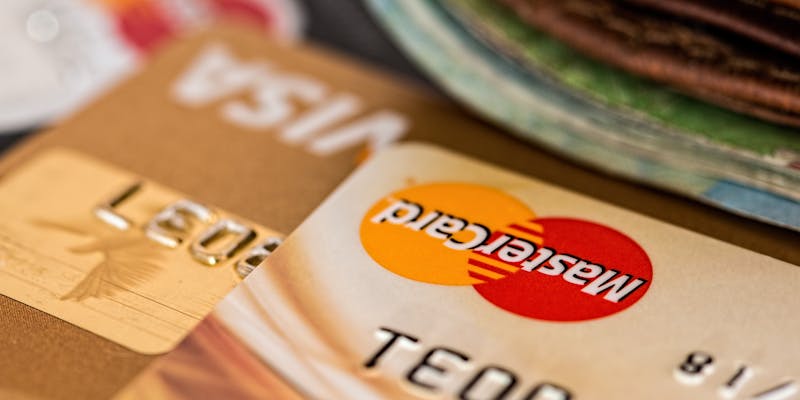
When considering international use, the AmEx Blue Cash Preferred has a lower 2.7% foreign transaction fee, while Chase Freedom Flex charges 3%. For travelers who frequently make purchases abroad, the lower fee associated with the AmEx card may lead to more savings over time, especially during international trips.
Deciding between these two cards largely depends on your spending habits and lifestyle. If your expenses mainly revolve around supermarkets, gas, and streaming services, the AmEx Blue Cash Preferred is likely to offer better long-term rewards, justifying its annual fee. The 6% back on grocery purchases can significantly boost your cash-back earnings, especially if you frequently shop at U.S. supermarkets.

On the other hand, if you enjoy a more flexible spending strategy and want to take advantage of rotating rewards categories without the burden of an annual fee, the Chase Freedom Flex is probably the better choice for you. The ability to earn cash back on a diverse range of categories throughout the year allows for a more varied rewards experience, which can be particularly appealing if your spending habits change over time.
Both cards provide exceptional value in their respective ways. For consumers who want predictability and consistent rewards on daily essentials, the AmEx Blue Cash Preferred is a compelling option. Meanwhile, for those who prioritize flexibility and are keen on maximizing their rewards without incurring an annual fee, Chase Freedom Flex is hard to beat.
In summary, choosing between the Chase Freedom Flex and AmEx Blue Cash Preferred comes down to a careful evaluation of your spending patterns and financial goals. Heavy grocery and gas spenders will find more value in the consistent rewards structure of the AmEx Blue Cash, even considering the annual fee. Conversely, those who favor a no-fee card with the potential for higher rewards through quarterly promotions may find the Chase Freedom Flex more beneficial.
Take the time to assess your spending habits and lifestyle preferencesdoing so will help you decide between these two popular cash-back cards. With the right card in hand, you can make your everyday purchases work for you, maximizing your rewards and enjoying the benefits that come with them.

By Mark Allen/Mar 06, 2024

By Eleanor/Apr 04, 2024
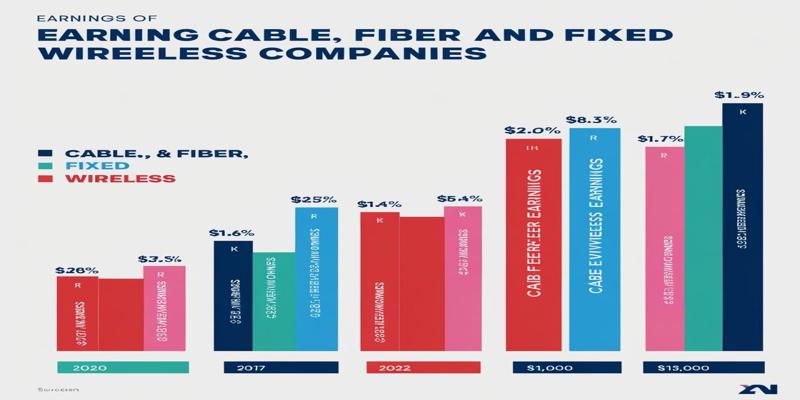
By Frederica/Dec 09, 2024

By Triston Martin/Apr 24, 2024
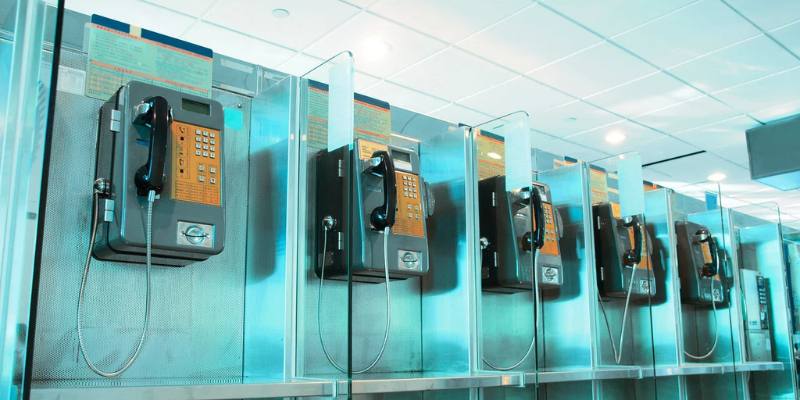
By Eleanor/Mar 24, 2025

By Eleanor/Dec 02, 2024

By Elva Flynn/Apr 02, 2025

By Amelia Martin/Nov 13, 2024

By Eleanor/Oct 29, 2024
By Frederica/Nov 09, 2024

By Eleanor/May 13, 2024
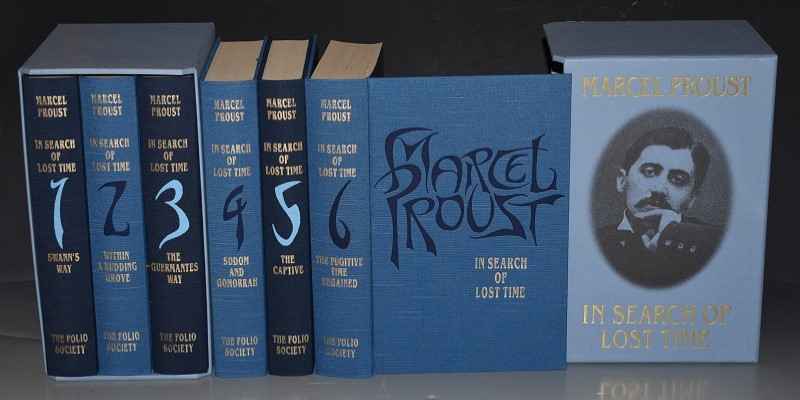
By Eleanor/May 11, 2024